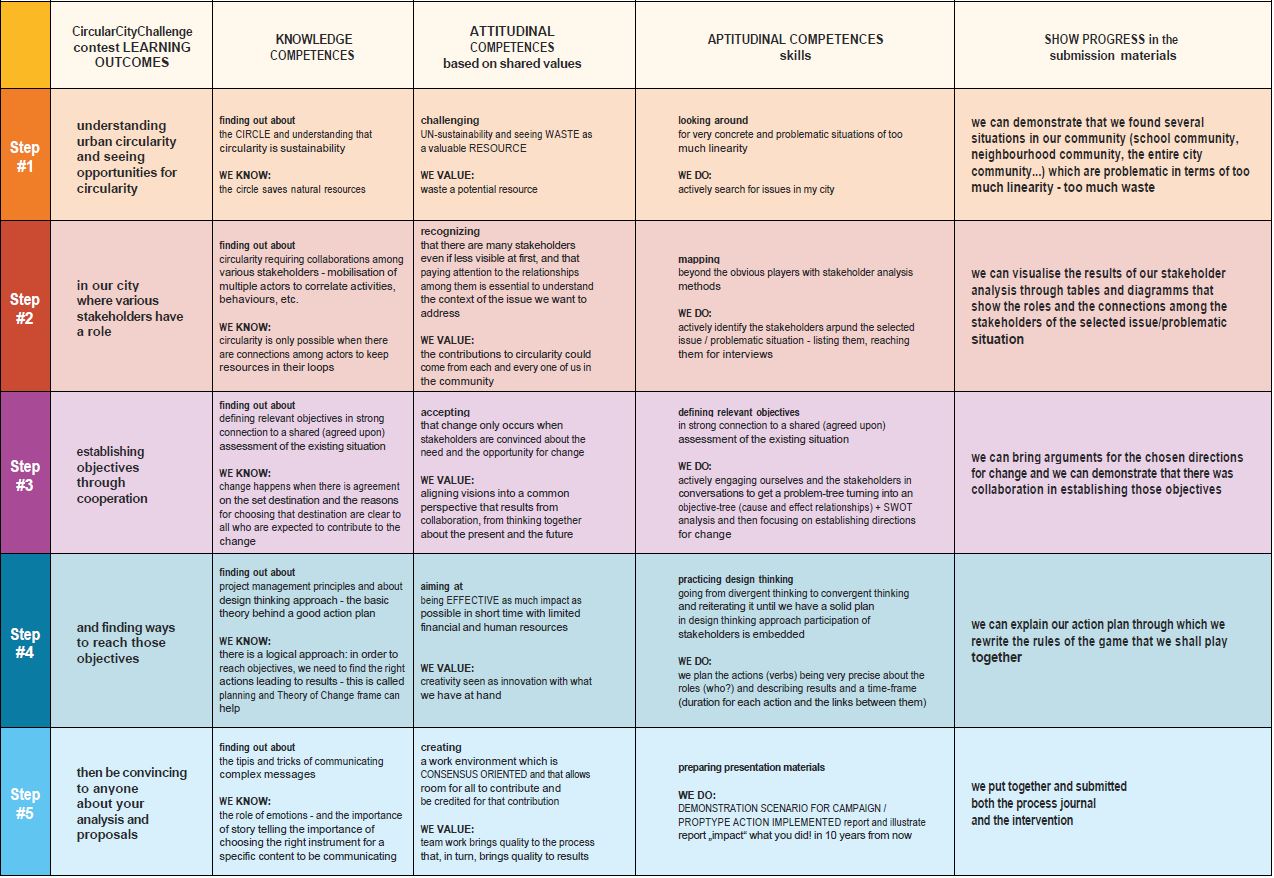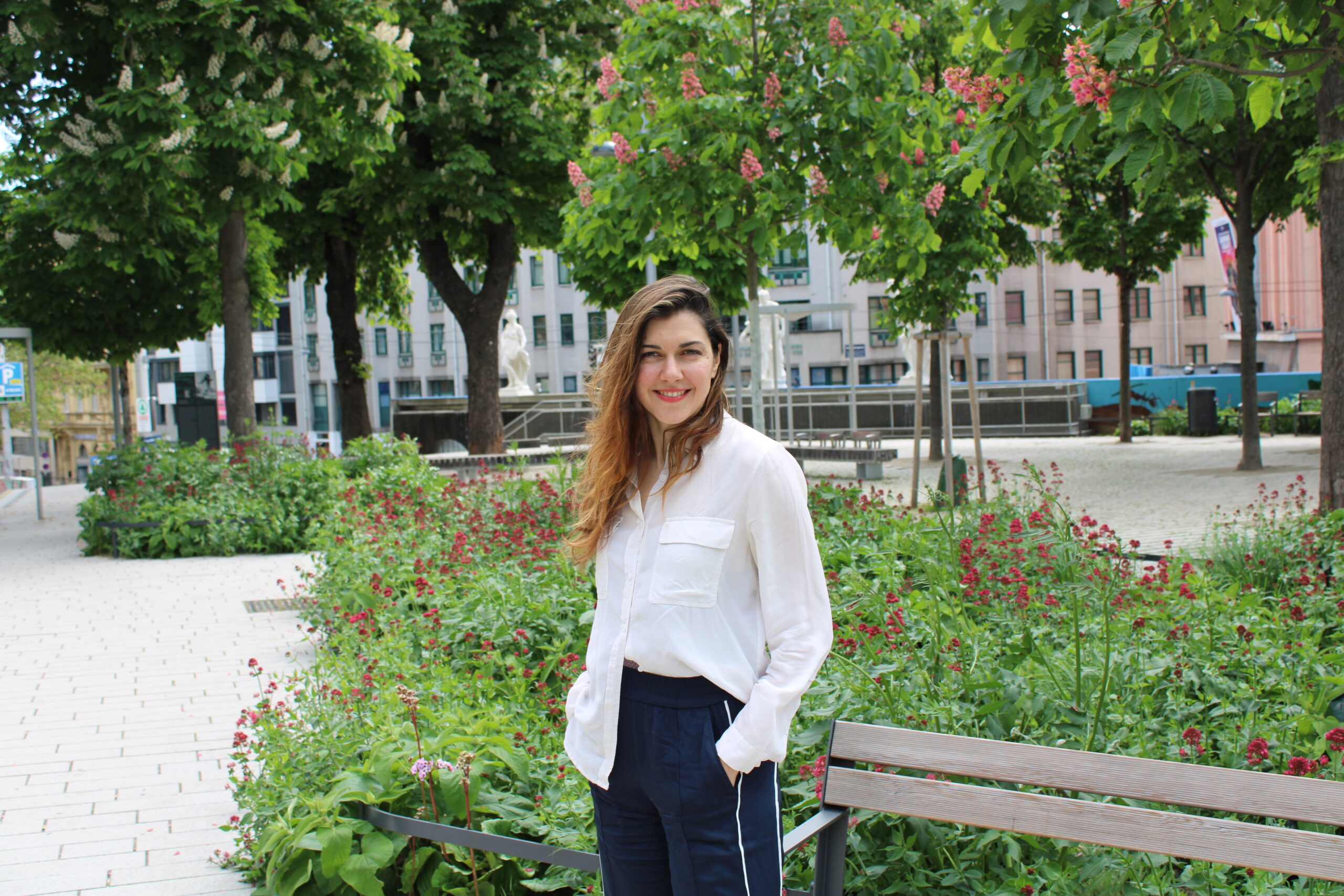
The Art of Innovative Assessment in Sustainable Education
Harmonizing Education, Personal Growth, and Sustainability Understanding through CCC curriculum
Welcome to a forward-thinking dialogue where we explore the transformative power of education. In this interview, we delve into the heart of the CircularCityChallenge, a pioneering initiative that redefines learning for the citizens of tomorrow. Here, education is not just about acquiring knowledge; it’s about nurturing the ability to listen, comprehend, and respect diverse perspectives on sustainability.
What advancements do you believe are essential for progressing learning assessment in ESD?
Antonija Bogadi: Advancing learning assessment in ESD hinges on nurturing a holistic understanding among students. They must see themselves as integral parts of a larger ecosystem, where their actions contribute to collective outcomes. It’s about fostering empathy and open-mindedness, encouraging them to embrace diverse perspectives in sustainability without bias. Our assessment framework is designed to spark systemic change, to be the kindling for personal transformation that steers students towards sustainable practices.
We’ve seen in our pilot programs that students experience profound shifts in perspective. They begin to understand the interconnectedness of their world and learn to align their personal ambitions with the greater good.
This unity is cultivated through empathetic and open-minded engagement. In today’s divided world, one of our most vital educational goals is to teach children to listen without prejudice. It’s about equipping them with the ability to engage thoughtfully with different viewpoints, a skill that’s becoming increasingly crucial.
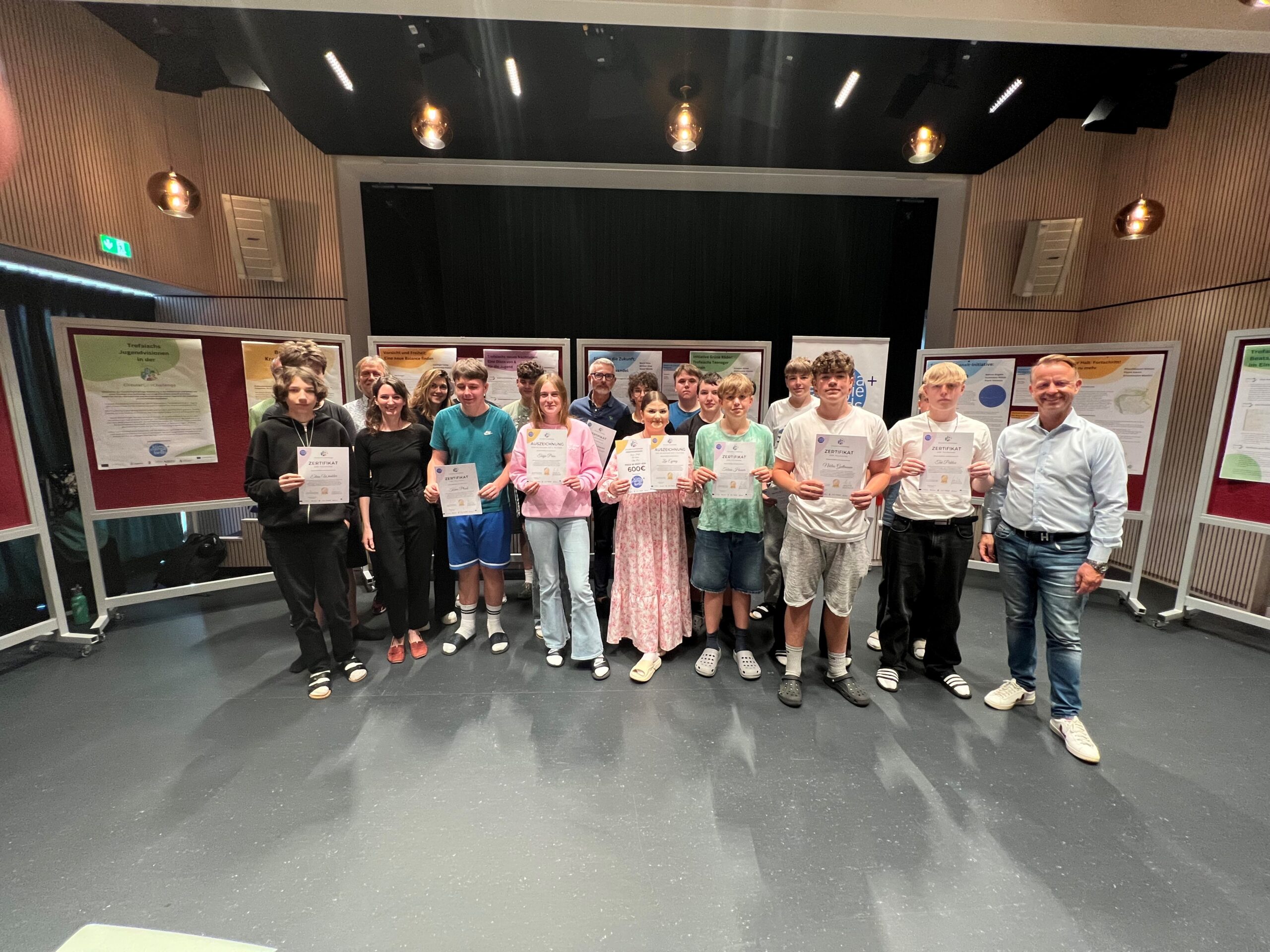
Could you encapsulate the CCC Project’s approach to learning assessment?
Antonija Bogadi: At the heart of the CircularCityChallenge, which runs from April 2022 to December 2024, is our commitment to revolutionizing Education for Sustainable Development across Europe. Our curriculum is a chameleon, adapting to the varied terrains of education from high schools to vocational centers. It’s not just a curriculum; it’s a chisel that shapes workshops, ‘Green Weeks’, science fairs, and regular classes into sculptures of knowledge. We’ve simplified the process for educators with clear instructions that sidestep the need for extra training. For students, our guidelines are a blend of fun and simplicity, proven by the success of our pilots.
Our teaching is a journey through problem-solving. Students start by spotting circularity issues in their community, then they sketch a map of stakeholders and the web of information that connects them. In an immersive twist, they go out of their schools and houses, meet and talk with these stakeholders, gathering insights about their needs and perspectives to weave into a sustainable redesign plan.
This isn’t just about creating a plan or a prototype; it’s about cultivating a new consciousness among students, where they see the power of collective action that unites different needs and perspectives in addressing circularity in their world.

Can you distill the essence of the CircularCityChallenge’s learning assessment?
Antonija Bogadi: Certainly. Our Learning Assessment framework is the navigational tool steering the CircularCityChallenge. It’s crafted to measure how well students grasp and apply sustainable development within urban and peri-urban settings. We’ve introduced this framework across diverse educational landscapes, from secondary schools to vocational programs, and even in informal educational events to ensure it is robust and versatile.
Our curriculum is a rich tapestry that includes urban planning, nature-based solutions, food, energy, and waste management, and more, providing a comprehensive view of sustainable urban development. The Intended Learning Outcomes, inspired by the European Commission’s ‘Green Competencies’, are designed to instil a foundational understanding of circularity, promote systems and critical thinking, and develop essential skills like project management and communication.
In terms of methodology, we employ a multifaceted approach. Teachers assess practical application through project-based assignments, critical thinking via reflective journals, and communication skills through presentations. This method ensures a fair and transparent evaluation, fostering student growth and a deeper engagement with sustainability.
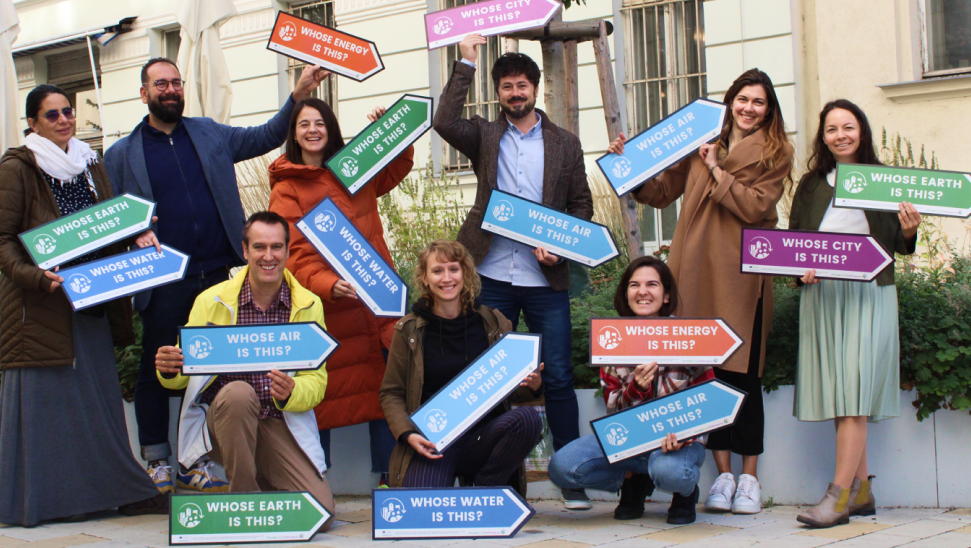
What is the primary goal of the CCC’s innovative assessment?
Antonija Bogadi: The essence of our assessment strategy is to provide students with meaningful, written feedback on their projects. This approach is vital for several reasons. It acknowledges and values the students’ contributions, which is fundamental for their motivation and sense of accomplishment. Moreover, it deepens their understanding of circularity thinking by offering constructive insights that go beyond mere grades.
Feedback is the bedrock of our assessment process. It’s tailored to each student, fostering personalized learning and encouraging them to engage more deeply with the material. This ongoing dialogue between students and educators is crucial for a vibrant learning environment. It also prompts students to reflect critically on their work, an essential component of deep learning.
To support this, we’ve established a comprehensive assessment framework for teachers. It includes a clear system for assigning points to Intended Learning Outcomes, specific indicators for assessing understanding and application of concepts, and a grading system that translates assessment points into standardized grades. This structured approach ensures that our evaluations are fair, transparent, and conducive to student growth.
What are the key elements and goals of ESD that your learning assessment seeks to address?
Antonija Bogadi: Our CircularCityChallenge learning assessment is designed to weave together various strands of knowledge from environmental science to economics, fostering an interdisciplinary approach. We encourage learners to dive deep into sustainability issues, employing critical thinking to devise innovative solutions while considering the diverse perspectives of stakeholders involved.
We’re committed to instilling values and ethics that balance the needs of the natural world with human rights and economic equity.
Our objectives are clear: to impart a thorough understanding of concepts like circularity and climate change, to hone skills for holistic thinking and informed decision-making, and to nurture attitudes that embody responsible global and local citizenship.
Ultimately, our aim is to empower individuals with the competencies needed for sustainable development, contributing to personal growth and the broader achievement of Sustainable Development Goals. It’s about sparking a transformation that equips learners to tackle both local and global challenges head-on.
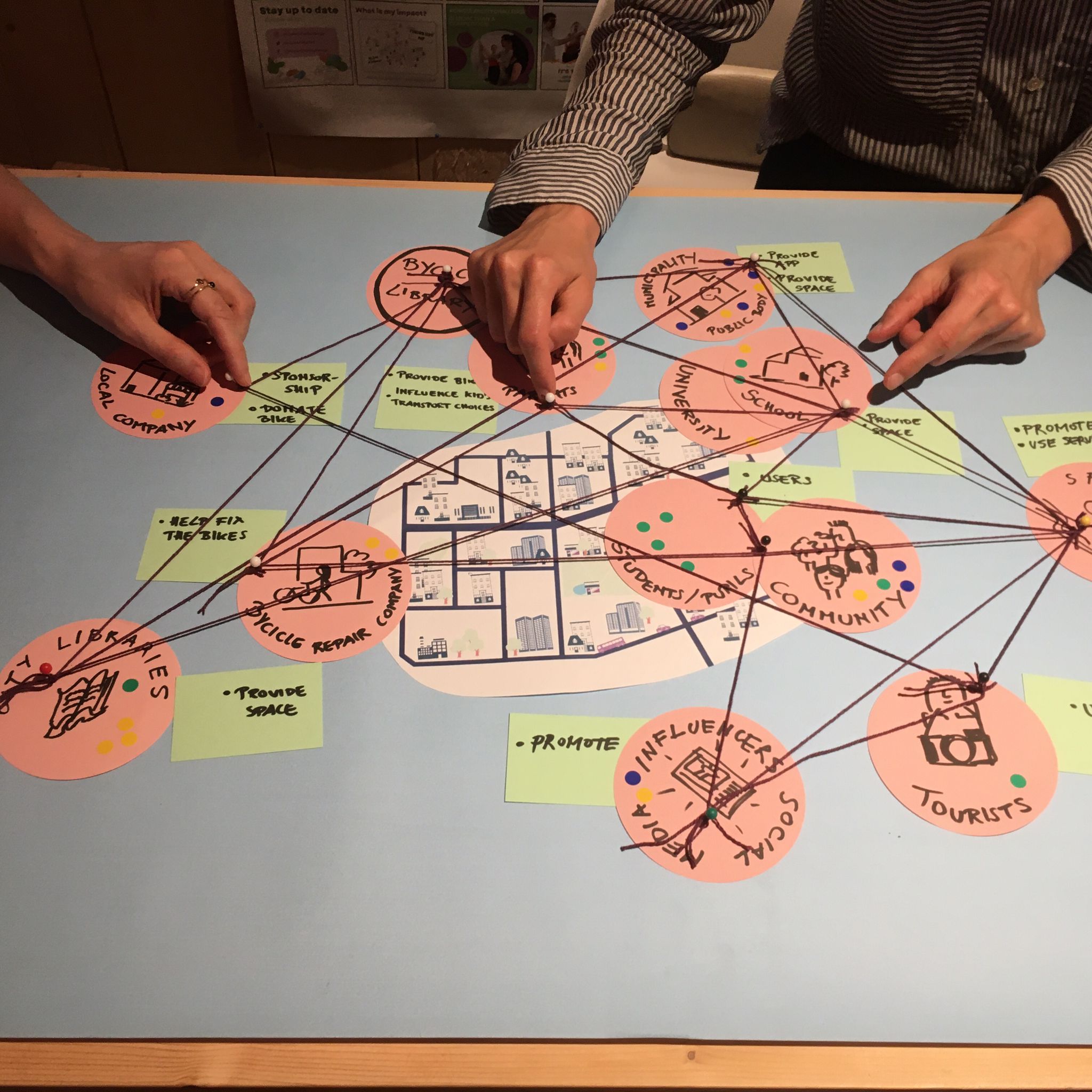
What educational philosophies or figures inspire the assessment approach of the CircularCityChallenge?
Antonija Bogadi: Our approach is deeply inspired by Sir Ken Robinson’s vision for education. He was a staunch advocate for creativity and individual potential, challenging the one-size-fits-all model of conventional education. He envisioned an education system that celebrates unique talents and fosters personal growth through a lifelong journey of learning.
In the spirit of Sir Ken Robinson, the CircularCityChallenge method transforms the learning experience into a creative adventure. It’s about more than just understanding circularity and sustainability; it’s about engaging with these concepts in a way that sparks curiosity and drives change. We leverage a mix of digital and physical resources to support this process, creating a community that connects everyone from students to policymakers in a shared mission.

